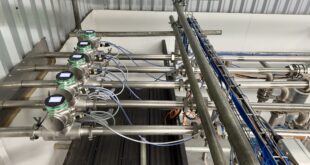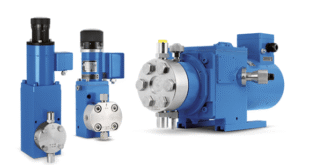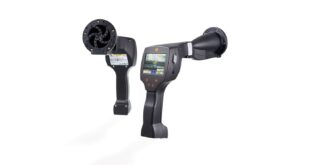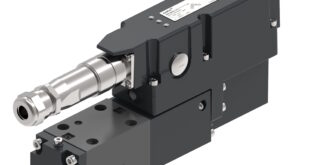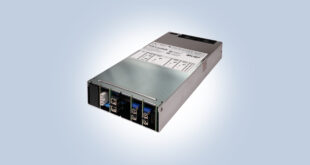As important as they are for storing quantities of foodstuffs, commercial walk-in freezers use a lot of energy.
So, it is imperative that this consumption is kept to a minimum by ensuring the temperature inside the freezer is not compromised by any breach in the freezer’s insulation.
Thermal imaging is proving the ideal technology for this purpose and the process is much the same as seeking out faults in building fabric.
The only difference is the direction of heat. When inspecting a building a thermographer will generally look for heat leaking from the inside of the structure to the outside. But with refrigeration units, the main requirement is to detect heat leaking inwards.
In many cases the problem lies with faulty construction so even the operating costs of new freezers can be unnecessarily high.
Frequently joints between the insulation panels are not protected adequately, creating heat bridges.
In older units insulation faults are common due to wear but in both cases thermal imaging can see the problem in an instant. However, the quality of the infrared camera is key to the success of this application.
The Dutch consultancy, Thermografisch en Adviesbureau, is frequently commissioned to conduct thermal inspection of commercial freezers and its spokesman explains: “Thermal sensitivity, accuracy and resolution are crucial to the accurate detection of thermal bridges. You need to be able to interpret what you see in a thermal image and if you are using a thermal imaging camera that is below 640 x 480 pixels then you are missing information that you need to draw the right conclusions.”
The most sophisticated FLIR thermal imaging camera the consultancy uses for its work combines high resolution with 30mK thermal sensitivity and an accuracy of ±2°C. And another important feature for freezer inspection the company cites is calibration range.
“Our FLIR camera is calibrated to a minimum temperature of -40°C and this is very important to ensure accuracy temperature measurement. Most freezers are kept at a temperature between -20°C and -30°C. However, some freezers cool their contents down to -50°C or even -60°C and the FLIR camera is still capable of visualising insulation leaks.”
“High quality thermal imaging cameras and good training come at a price but they are definitely worth the money,” the spokesman concludes. “We have several FLIR cameras that are used for a wide variety of applications from building, industrial maintenance and HVAC system inspection to detecting water ingress in aircraft composite materials. Our cameras are constantly on the move from site to site.”
 Engineer News Network The ultimate online news and information resource for today’s engineer
Engineer News Network The ultimate online news and information resource for today’s engineer
